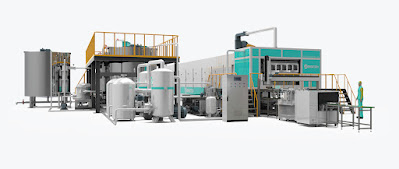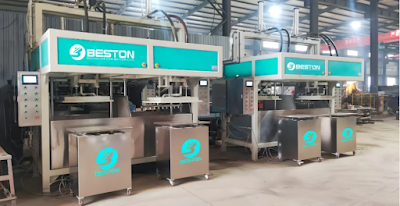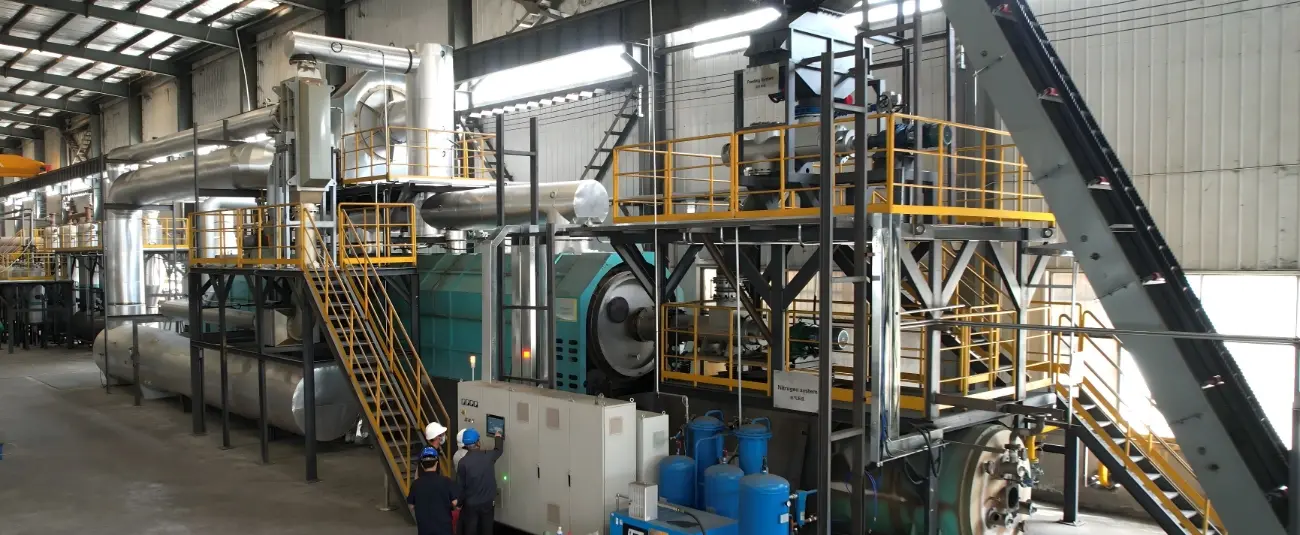The global shift toward sustainable packaging solutions has made egg carton production lines a crucial component in the packaging industry. Manufacturers are increasingly adopting advanced machinery to enhance production efficiency while minimizing environmental impact. By leveraging energy-efficient processes and optimizing raw material usage, modern egg carton production lines offer both cost-effective and sustainable solutions for businesses.
Optimizing Cost Efficiency in Production
Reducing operational costs is a key objective for manufacturers investing in an egg carton production line. Automation plays a pivotal role in lowering labor expenses while ensuring consistent quality and high throughput. Modern machines integrate automated pulp molding, drying, and stacking processes, significantly reducing manual intervention and associated costs.
Raw material utilization is another critical factor influencing production costs. Advanced molding systems are designed to maximize fiber retention while minimizing waste, ensuring that every unit of raw material contributes to final product output. Additionally, high-efficiency drying systems, including metal drying tunnels and heat recovery technologies, further reduce energy consumption, optimizing overall cost efficiency.
Environmental Benefits of Sustainable Egg Carton Production
Egg carton machinery has evolved to support environmentally friendly manufacturing processes. The adoption of biodegradable materials, such as recycled paper and agricultural residues, significantly reduces dependency on virgin wood pulp. Leading pulp molding machine manufacturers are developing systems that seamlessly process alternative fibers, such as bagasse and bamboo pulp, broadening the scope of sustainable raw material options.
Water recycling technology is also a key feature of modern machines, enabling closed-loop water circulation to minimize wastewater discharge. By integrating efficient filtration and purification systems, manufacturers can drastically reduce water consumption, aligning with environmental regulations and sustainability objectives.
Automation and Technological Advancements
Technological innovation has transformed the efficiency and precision of egg carton production. AI-driven quality control systems now ensure product uniformity by detecting defects in real-time, preventing material waste and enhancing operational efficiency. Robotic handling systems further optimize workflow by streamlining material transport within the production facility.
Energy-efficient drying methods are another significant advancement. Infrared and microwave-assisted drying technologies accelerate the drying process while lowering energy consumption. These innovations help manufacturers achieve cost savings while adhering to stringent environmental standards.
Investment Considerations for Manufacturers
Selecting the right machinery involves evaluating key factors such as production capacity, automation level, and energy efficiency. A well-structured egg carton production line must balance operational efficiency with sustainability to ensure long-term profitability. Pulp molding machine manufacturers offer a range of customizable solutions tailored to meet specific industry needs, allowing businesses to scale operations while maintaining eco-friendly production standards.
The integration of smart monitoring systems also enhances cost control by providing real-time data on energy usage, production rates, and maintenance schedules. This predictive analytics capability helps manufacturers proactively address inefficiencies and prevent costly downtimes.
Future Outlook
The demand for sustainable packaging continues to rise, prompting further innovations in egg carton production technology. The development of carbon-neutral manufacturing processes, enhanced biodegradable coatings, and AI-optimized production workflows will shape the future of the industry. Companies investing in cutting-edge equipment will not only achieve cost efficiency but also strengthen their position in the growing market for eco-friendly packaging solutions.
By embracing advanced egg carton machinery, manufacturers can achieve a balance between economic viability and environmental responsibility, ensuring a competitive advantage in an evolving industry landscape.











